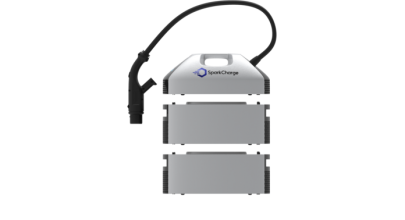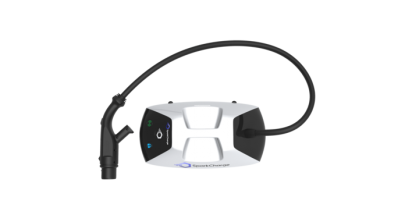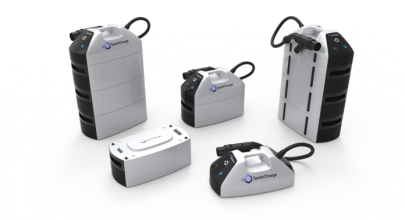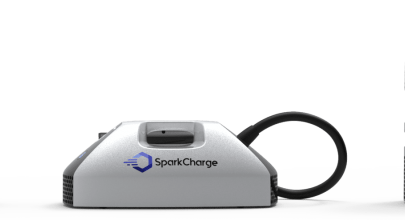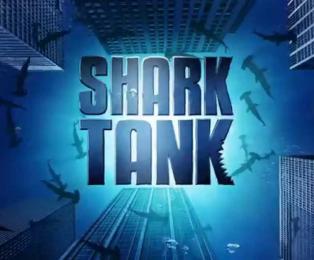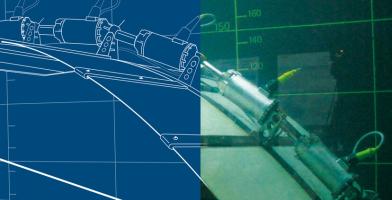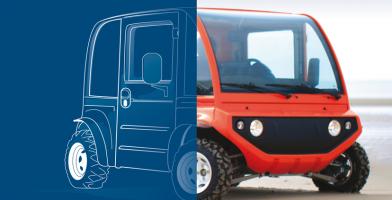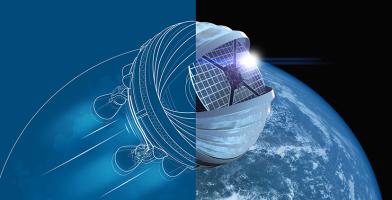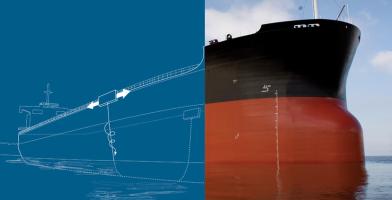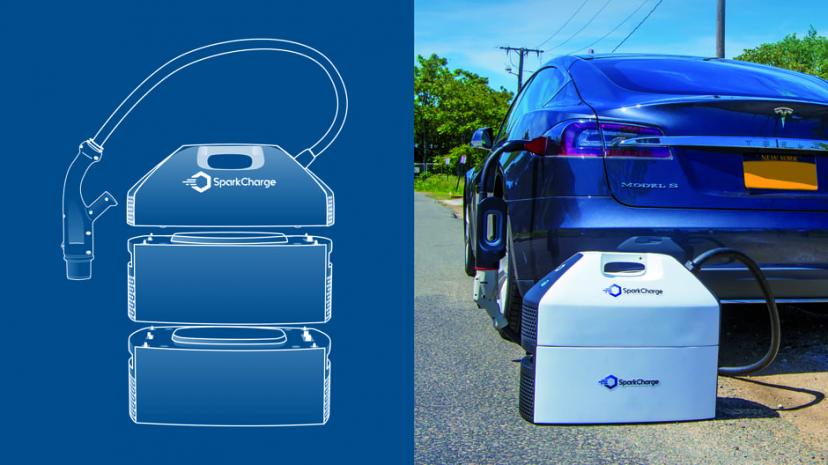

IF WE provide mobile electrical chargers wherever they’re required, we can we will drive electric vehicle adoption?
Earth is warming up, natural disasters are more frequent, and citizens of the world are slowly but steadily inching towards investing in the well-being of their future generations to come. The share of renewable energy of total energy consumption has increased from 16.6% in 2010 to 17.5% in 2016. Although much faster change is required to meet climate goals, the good news there is indeed a change underway. The automobile industry in particular has witnessed the emergence of new players and ideas, poised to disrupt a hitherto traditional industry dominated by giants with a long legacy.
A portable and ultrafast charging unit for electric vehicles
BREAKTHROUGH IDEA
SparkCharge makes a modular, portable charging unit that can charge an electric vehicle (EV) ultra-fast:one mile every 60 seconds. The compact chargers can owned by EV drivers or be delivered to on demand via any service company. This creates a mobile on-demand charging infrastructure, giving owners’ peace of mind that their EV can be charged anywhere.
Emergency roadside services is a huge and growing market. SparkCharge is tapping into this in a new way: instead of towing an EV with a dead battery, a service provider can use SparkCharge’s system to charge a car wherever it is, saving time, money and manpower. In about 20 minutes, an EV in distress can be sufficiently be charged to take a day’s journey towards its final destination or make it safely back home.
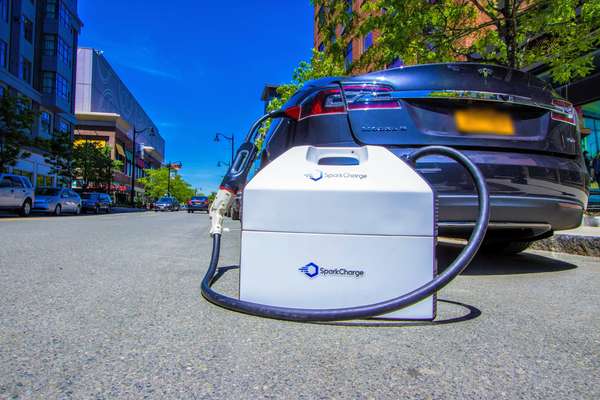
Their charging units are:
- Modular: battery units can be stacked on top of each other, increasing the amount of range delivered.
- Portable: units are able to fit in the trunk of any car
- Powerful: with the ability to charge at a rate of one mile every 60 seconds, SparkCharge is 14x faster than levelone charging, and 6x faster than level two charging.
POSITIVE IMPACT ON THE SOCIETY
- GOAL 7 : AFFORDABLE AND CLEAN ENERGY
SparkCharge ensures access to affordable, reliable, sustainable and modern energy for all. They offer a scalable solution that ends EV range anxiety, and creates a charging infrastructure solution at a fraction of the cost, and a much faster implementation rate.

BENEFITS TO USE THE 3DEXPERIENCE® PLATFORM
SparkCharge has been involved in the 3DEXPERIENCE Lab program since 2019. They have adopted the 3DEXPERIENCE platform on the cloud for design and simulation.
SparkCharge initially used SOLIDWORKS for its design-to-manufacturing process to seamlessly connect their design studio to manufacturers’ machines. Using SOLIDWORKS Sheet Metal functionality allows SparkCharge to visually assess if a given designed part is manufacture-able or not. This saves time, effort and cost cycle after cycle and ensures a robust Design for Manufacturing (DFM) workflow.
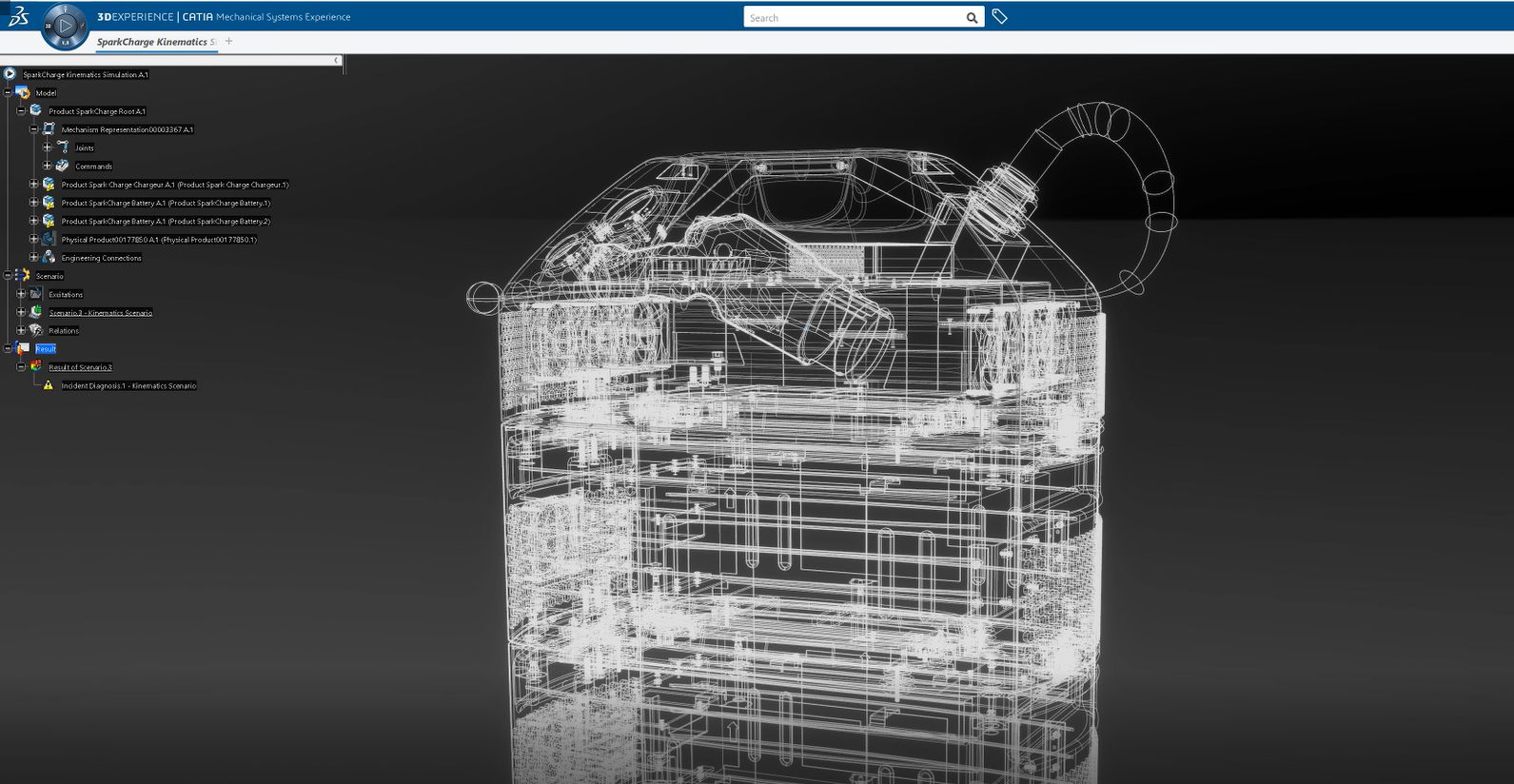
“We love the way we can leverage the power of the 3DEXPERIENCE platform to optimize each stage and aspect of our design, engineering, manufacturing and marketing processes. Simulation Process & Optimization and Fluid Dynamics Engineering roles help run iterative tests on our core functionality. Using Structural Mechanics Engineer role we can optimize our future designs to achieve a better and leaner form-fit-function”.
SparkCharge is exploring how CATIA 3D Modeling tools can facilitate digital prototyping, combined with digital analysis and simulation, so that their product development team may virtually create and analyze our product in its operating environment.
COLLABORATIVE & COLLECTIVE INTELLIGENCE to Ensure Success part
SparkCharge, “Using Dassault Systemes’ collaborative tools has facilitated fluid communication among engineers across geographies and cultures - a critical benefit for a small, localized, over-worked team like ours that is growing rapidly”.
NETVIBES helps SparkCharge aggregate content from across the social web alongside enterprise data, analyze business metrics in their social context and engage in real-time insights-driven decision-making. This enables them to gain new insights into their industry, market, and customers: current and future. These fluid forces will ultimately shape the next product versions that SparkCharge with come up with.
PLAY 3DEXPERIENCE
Meet the team
-
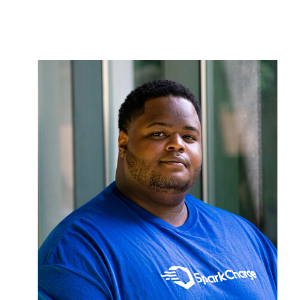 Josh AvivCEO
Josh AvivCEO -
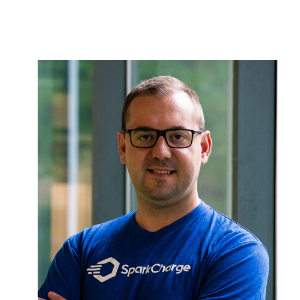 Christopher EllisCTO
Christopher EllisCTO -
 Mariah RamosDirector-Growth and Strategy
Mariah RamosDirector-Growth and Strategy -
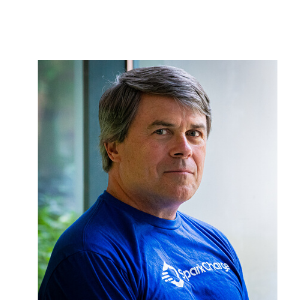 Michael CummingsCOO
Michael CummingsCOO -
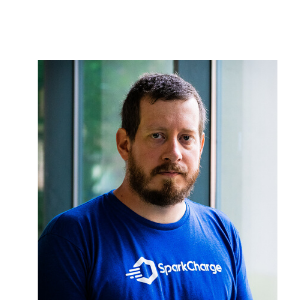 Richard WhitneyChief Engineer
Richard WhitneyChief Engineer
Similar projects
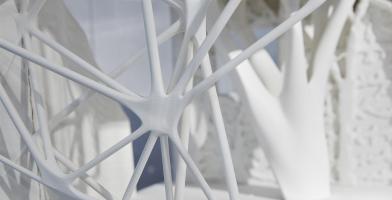
XtreeE: Additive Construction
IF WE use robot to 3Dprint your building, can we optimize your living space?
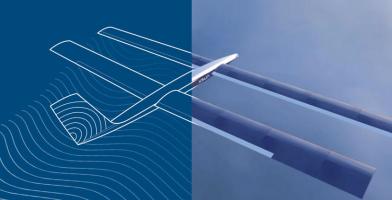
XSUN
If we survey the earth with a network of flying sensors, can we better optimize the human activity?
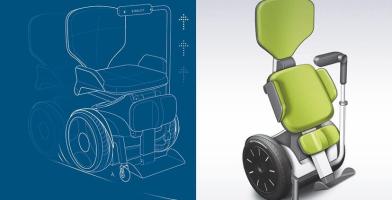
GYROLIFT
IF WE have an innovative mobility solution designed for all, can we get rid of wheelchair stigma?
Submit your project
Do you think your project is the next big thing?
Join the team !
